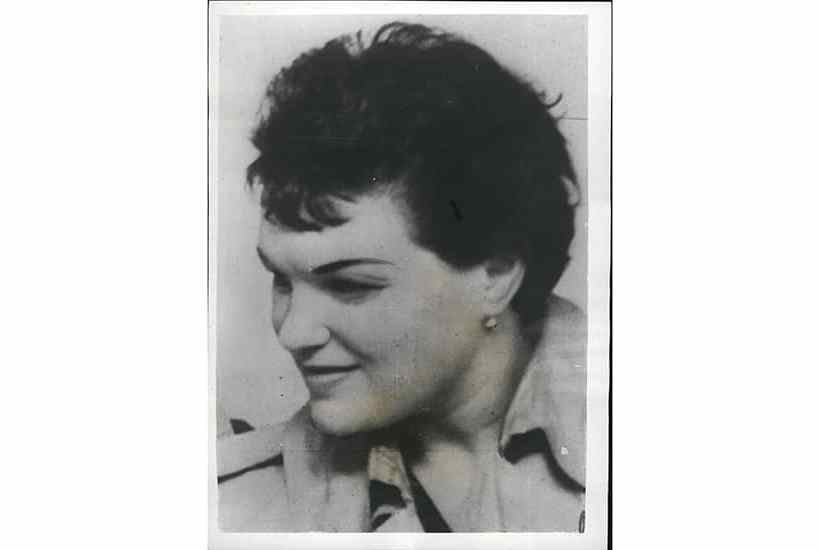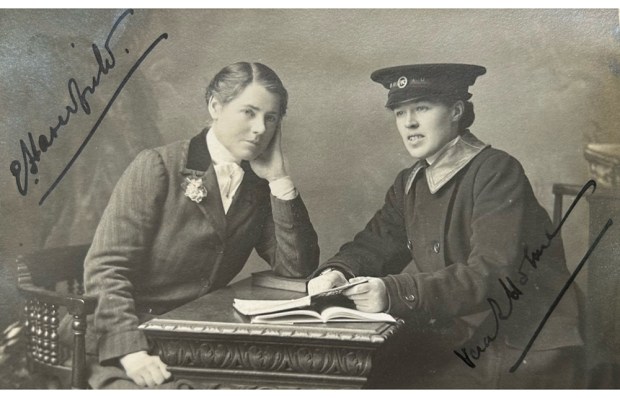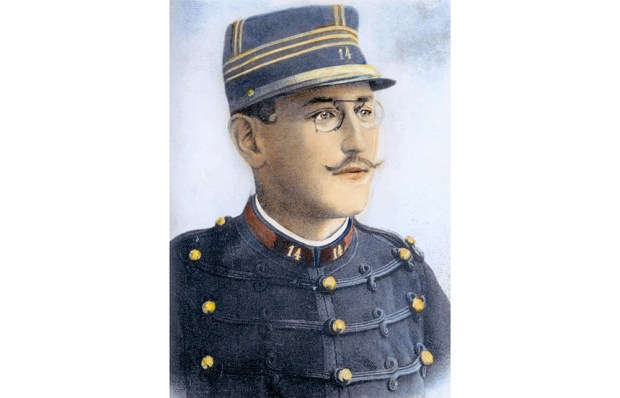If you’re after jewel thieves, bank robbers and gold smugglers, look no further than Caitlin Davies’s Queens of the Underworld. It opens in 1960 and tells the tale of Zoe Progl, a professional crook who once stole £250,000-worth of furs in a single heist. Eventually sent to Holloway Prison for 20 years, Progl subsequently pulled off the most successful jailbreak in 75 years when she scaled the 25ft wall to freedom.
Davies describes how her interest in this case led her to talk to Progl’s daughter after her mother’s death and, realising there was barely any public knowledge about this notorious, successful and imaginative criminal, thought that Progl was one of many women who deserved her attention.
Queens of the Underworld is a rollicking account of all kinds of crime committed by women from the 17th century to the present day. Moll Cutpurse operated as a pickpocket in the 1600s, running her criminal empire from Shoe Lane in the City of London, now home to the investment bankers Goldman Sachs. Centuries later, in 2004, Britain’s most notorious fraudster of the modern age, Joyti De-Laurey, was jailed for seven years for stealing £4.5 million from her Goldman Sachs employers, buying 11 properties in the UK, a £750,000 seafront villa in Cyprus, luxury cars, Cartier jewellery and a £150,000 speedboat. Dubbed ‘the Picasso of con artists’, De-Laurey told me in 2005 that she was given a longer sentence than most men convicted of similar crimes because she was a woman who had made the male bankers she had stolen from ‘look like a pair of pricks’.
Meanwhile, Elsie Florence Carey led a gang of shoplifters in the 1930s by disguising herself in male clothing, as many women did at the time in order to evade capture. And Margaret Kenyon, a 22-year-old Londoner, threw a pair of roller skates through a café window after she’d been barred. When the police asked why she dressed like a man, Kenyon retorted: ‘We can please ourselves in this country.’
A number of journalists, criminologists and medical experts saw a direct link between the advent of the Women’s Liberation Movement in the 1970s and women’s increased willingness to commit crime. A clip from the Newcastle Chronicle focused on how girls as young as 14 were ‘seeing themselves as partners in crime with men’, and that it was ‘the in thing to be violent’ and to ‘act as tough and drink as much as the fellows’. Is that what we mean by girl power?
In the 1960s and 1970s, Chris Tchaikovsky was head of ‘The Happy Gang’ and her story provides a fascinating case study. She wanted to show men that she could do it not just as well as them but better. ‘Chris was a rebel, like Moll Cutpurse had been, and refused “to do what was required”,’ writes Davies. Tchaikovsky specialised in cheque card fraud, cashing stolen international traveller’s cheques and handling high-value stolen goods. Eventually convicted and sent to Holloway in 1974, she was roused to act by the death of 20-year-old Patricia Cummings later that year. Cummings burned to death in her cell after her alarm bell had reportedly been disconnected because officers didn’t want their sleep disturbed. In 1983, Tchaikovsky set up the advocacy group Women in Prison, an organisation that remains influential and necessary to this day.
In 1990, the gangster’s moll and bank robber Linda Calvey fatally shot her lover to prevent him discovering that she had squandered his cash while he was inside. I met Calvey, who was dubbed ‘The Black Widow’, in prison and she made me smile when she shouted across the visiting room: ‘Are you that bird that gets us out of clink?’
Neither sentimental nor judgmental, Davies presents these characters as important examples of criminological history. The case studies are prime examples of women who have not only been forgotten or ignored, but who put their male criminal counterparts to shame.
Got something to add? Join the discussion and comment below.
Get 10 issues for just $10
Subscribe to The Spectator Australia today for the next 10 magazine issues, plus full online access, for just $10.
You might disagree with half of it, but you’ll enjoy reading all of it. Try your first month for free, then just $2 a week for the remainder of your first year.














Comments
Don't miss out
Join the conversation with other Spectator Australia readers. Subscribe to leave a comment.
SUBSCRIBEAlready a subscriber? Log in